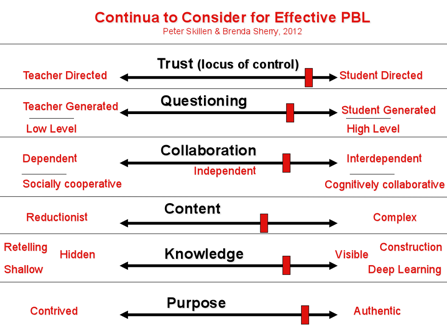Brought to the group by Antonio, this is the web site he proposed as a resource for designing projects in which children are involved not only in learning English but also in learning values.

Oxfam's Cool Planet is a website that teaches children about some of Oxfam's recipient countries, including food from around the world, children's stories from around the world, and the "Mapping Our World" teaching product.
It is designed to support educators everywhere in the world along with their students and make it as simple as possible for teachers to bring the global dimension into their classrooms.
Using the concept of "global citizenship", it aims to assist teachers in bringing the global dimension into their classrooms. The resources are designed to inform and empower young people to work for a more just, secure and sustainable world.
Many of the resources are organised by theme:
- Recipies from around the world. Get cooking with some fabulous Fair Trade recipes.
- Food. What do you think about when you go shopping? The look? A fair deal on the price? What about the people who produce the things you buy… should they get a fair deal too?
- Mapping our World. This is Oxfam's free interactive whiteboard resource forteaching about maps, perspectives, and geography.
- Milking. It is an interactive resource about small farmers and international trade designed to facilitate teaching 13- to 16-year-olds about fair trade.
- Take action. Here are some ideas about how children can work with Oxfam to change the world. There are some really simple things they can do to help, or they can get together with their friends and plan something BIG! Whatever they want to do – it all helps to make the world a fairer and better place.
- Around the world. Oxfam works in over 70 countries around the world. A guide about few of the countries it works in.
- Children’s stories. Explore the lives of children from different countries around the world through our exciting photo stories!
- What is Oxfam. Oxfam's aim, examples of Oxfam’s work, campaigns, and things we can do.
http://www.oxfam.org.uk/coolplanet/kidsweb/


